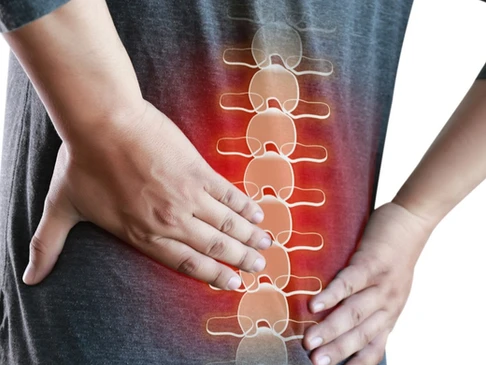Last week, we focused on trigger point development in the muscles of spine called the erector spinae, specifically, the pain referral into the SI Joint. SI joint pain is both common and difficult to figure out, with trigger point referrals often getting overlooked. So how and why do these muscles get irritated to begin with?
Poor Posture:
One of the biggest red flags for irritation of these muscles is poor posture. One of the primary culprits of this back pain producing posture is sitting. As we sit for long periods of time, we tend to bend our spine forward, which tightens the muscles in the back. This position of sitting for hours at a desk puts these back muscles in a position of tightened length, exhausting them and generating trigger points within the muscles.
Injury:
While rare, damage to these tissues during high velocity injuries such as sports trauma and car wrecks can cause persistent mid back pain, low back pain, and SI Joint pain. Injuries to the back can get very complicated, since there are so many different tissues that can be affected. Often, persistent pain is simply a matter of residual muscle tension that has remained in the muscle since the injury occurred.
Athletics:
One of the primary roles of the spine is to absorb and distribute shock. Certain sports such as running, basketball, or track and field have a higher need for shock management. Young athletes engaged in these sports with poor recovery techniques tend to experience a higher percentage of lower back and SI joint pain that can follow them into adulthood.
Next week, we will look at strategies to manage tension in these muscles and relieve pain caused by these trigger points.
With the help of a skilled bodyworker, you can get relief from back pain you may be experiencing.





